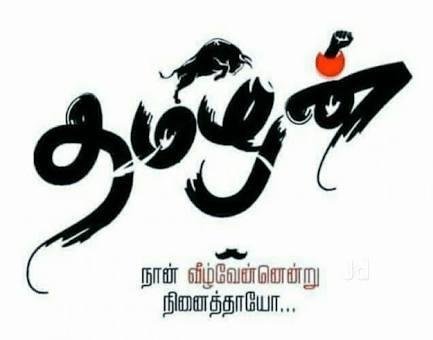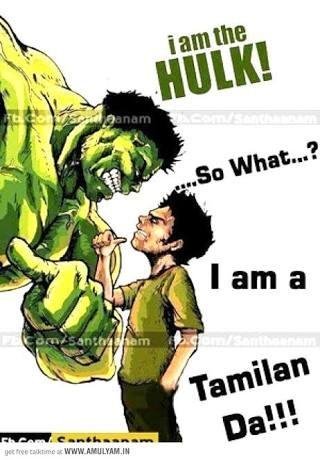The Tamil people (Tamil: தமிழர், tamiẓar (singular) ? [t̪ɐmɪɻɐɾ], or Tamil: தமிழர்கள், tamiẓarkaḷ (plural) ? [t̪ɐmɪɻɐɾxɐɭ]), also known as Tamilar, Tamilans,[6][7][8] or simply Tamils, are a Dravidian ethnic group who speak Tamil as their mother tongue and trace their ancestry to the Indian state of Tamil Nadu, the Indian Union territory of Puducherry, or the Northern, Eastern Province and Puttalam District[9] of Sri Lanka.[10] Tamil people with a population of approximately 76 million living around the world are one of the largest and oldest of the existing ethno-linguistic cultural groups of people in the modern world.[11] Tamils comprise 24.87%[note 1] of the population in Sri Lanka, 10.83% in Mauritius, 5.91% in India, 5% in Singapore and approximately 7% in Malaysia. 
Tamils
தமிழர்
Total population
c. 76 million[1]
Regions with significant populations
India 60,793,814 (2001)[2]
Sri Lanka 3,135,770 (2012)[3]
Malaysia 1,800,000[1]
Singapore 188,591 (2010)[4]
for others see Tamil diaspora
Languages
Tamil
Religion
Predominantly:
Tamil Om.svg Hinduism
Minorities:
Christian cross.svg Christianity Allah-green.svg Islam Jain Prateek Chihna.svg Jainism
Dharma Wheel.svg Buddhism and others
Related ethnic groups
Other Dravidian people
Sinhalese[5]
From the 5th century BCE onwards, urbanisation and mercantile activity along the western and eastern coasts of what is today Kerala and Tamil Nadu led to the development of four large Tamil political states, Chera dynasty, Chola dynasty, Pandyan Dynasty and Pallava dynasty and a number of smaller states warring amongst themselves for dominance.
Between the 4th century BCE and the 3rd century CE, Tamil people produced native literature that came to be called Sangam literature. Among languages spoken today, the Tamil language is one of the oldest written languages.[18] 
Tamils were noted for their martial, religious and mercantile activities beyond their native borders. Pandyas and Cholas were historically active in Sri Lanka. The Chola dynasty successfully invaded parts of Southeast Asia like Malaysia, Southern Thailand and Indonesia.[19] Medieval Tamil guilds and trading organizations like the "Ayyavole and Manigramam" played an important role in the Southeast Asia trade.[20] Pallava traders and religious leaders travelled to Southeast Asia and played an important role in the cultural Indianisation of the region. Locally developed scripts such as Grantha and Pallava script induced the development of many native scripts such as Khmer, Javanese Kawi script, Baybayin and Thai.
Tamil visual art is dominated by stylised Temple architecture in major centres and the productions of images of deities in stone and bronze. Chola bronzes, especially the Nataraja sculpture of the Chola period, have become notable as a symbol of Hinduism. Tamil performing arts are divided into popular and classical. Classical form is Bharatanatyam, whereas the popular forms are known as Koothu and performed in village temples and on street corners. Tamil cinema, known as Kollywood, is an important part of the Indian cinema industry. Music too is divided into classical Carnatic form and many popular genres.
Hi! I am a robot. I just upvoted you! I found similar content that readers might be interested in:
https://en.wikipedia.org/wiki/Tamil_people
Downvoting a post can decrease pending rewards and make it less visible. Common reasons:
Submit
Tamil is the first language world
Downvoting a post can decrease pending rewards and make it less visible. Common reasons:
Submit